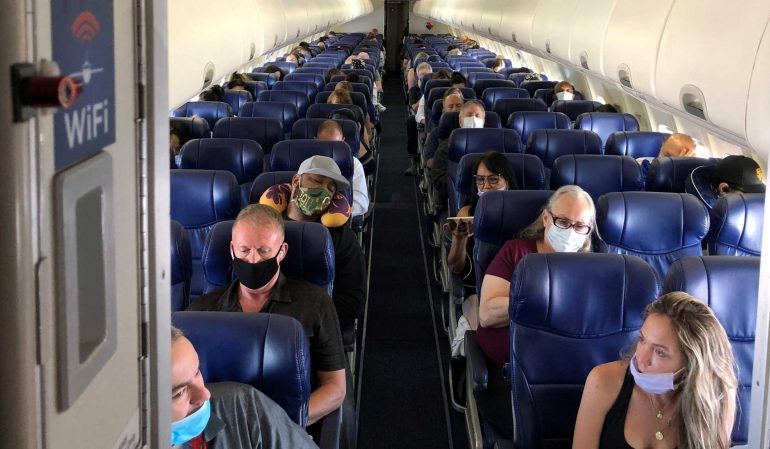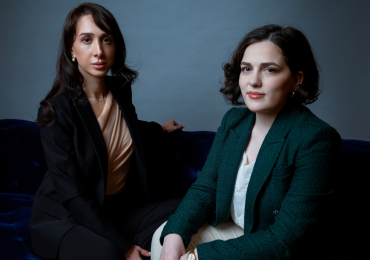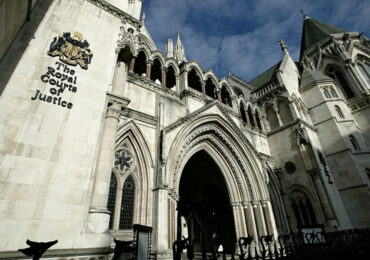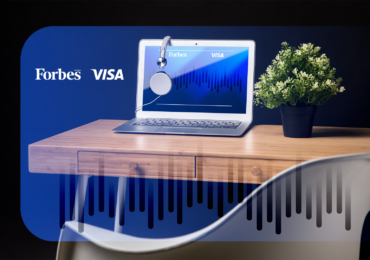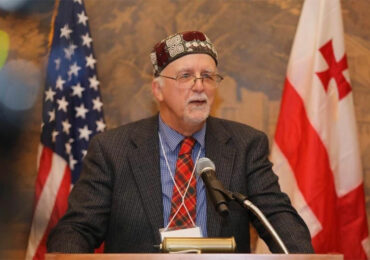The odds of contracting COVID-19 on an airplane is “extremely unlikely” provided travelers wear marks, according to a new study from the Department of Defense.
Researchers conducted hundreds of tests on United Airlines Boeing 777 and 767 planes on the ground and in the air, simulating flights as long as 12 hours to determine the odds of spreading the virus among potential passengers.
During the study, researchers released tracer aerosols from a mannequin that was the equivalent of thousands of coughs and they traced how they moved through the cabin using ultraviolet lights.
“Testing assumes that mask-wearing is continuous, and that the number of infected personnel is low,” the research team wrote.
“Contamination of surfaces via non-aerosol routes (large droplets or fecal contamination) is more likely in lavatories and other common areas and is not tested here,” they added.
The mannequin was tested both wearing a mask and not wearing a mask. The air is changed in the jets even more frequently than in a standard hospital operating room, the study found, saying that it takes six minutes for 99.99 percent of particles to be filtered out of the cabin.
Even on longer flights, the risk of exposure is “minimal,” researchers said, noting that the highest risk comes from sitting in the same row as someone with the virus, followed by the rows directly in front and behind them.
Researchers noted that the tests did not factor in certain human elements, including passengers who may take off a mask to eat, drink, or use the restroom.
“Testing did not include substantial movement throughout the plane or in the airport, lounge or jetway, where air change rates and human interactions will vary,” the researchers added.
“Similarly, the mannequin remained facing forward, uncertainty in human behavior with conversations and behavior may change the risk and directionality in the closest seats to an index patient, especially for large droplets.”
Airlines have been among the hardest-hit industries during the COVID-19 pandemic, with domestic air travel down more than 60 percent, and international air travel down nearly 80 percent compared to the same time a year ago.
“The results are in: Your exposure to COVID-19 is almost non-existent on our flights,” a United Airlines spokesperson said of the study.
"Forbes Georgia-ის სარედაქციო ბლოგპოსტების სერია "როგორ გამდიდრდა“ და "საქართველო რეიტინგებში".


